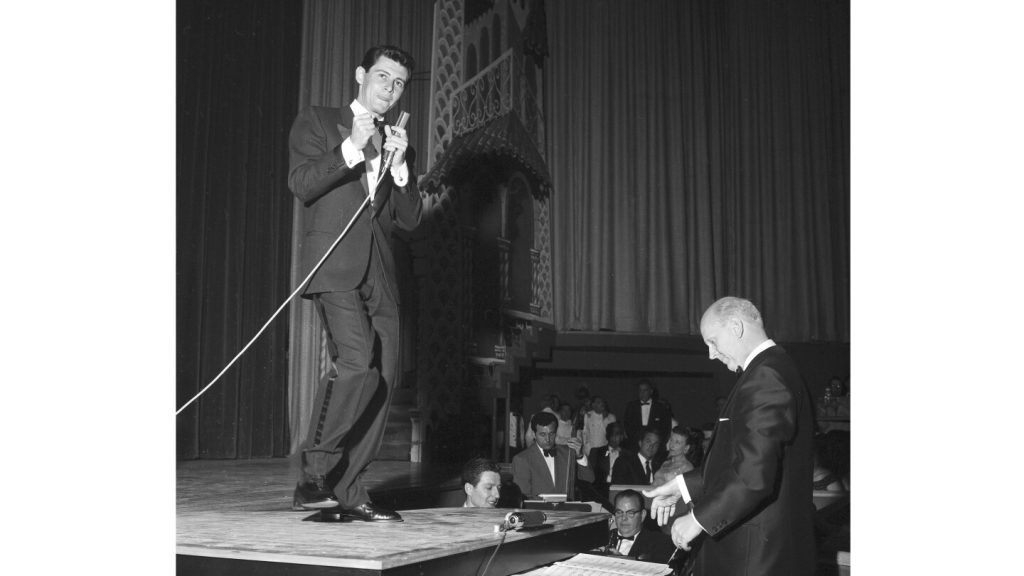As the Tropicana Las Vegas closed its doors for the last time on Tuesday after 67 years of operation, it marked the end of an era for the iconic casino, which was known as a jewel of Sin City’s past. The closure was in preparation for the demolition of the building to make room for a new Major League Baseball stadium for the relocating Oakland Athletics, as part of Las Vegas’ latest rebrand as a hub for sports entertainment. The Tropicana has been a familiar landmark in Las Vegas, with a rich history of colorful events and constant reinvention.
The Tropicana debuted on April 4, 1957, as the most expensive and lavish casino on the Strip. Dubbed the “Tiffany of the Strip,” the resort featured 300 rooms split into two wings, a half-moon pool surrounded by lush landscaping, and a 60-foot tulip fountain at the entrance. It was a symbol of opulence and luxury, attracting thousands of visitors to its grand opening. Over the years, the Tropicana underwent two major hotel expansions, adding more rooms and amenities to cater to the growing demands of the Las Vegas tourism industry.
Behind the scenes, the Tropicana had ties to the mob, particularly through reputed mobster Frank Costello. The casino was implicated in a scheme to skim gambling revenue, which led to federal charges against several mob operatives in the 1970s. Despite its connections to organized crime, the Tropicana continued to operate as a popular destination for entertainment and leisure. The casino’s history is filled with anecdotes of mob involvement and shady dealings, adding to its mystique and allure as a Las Vegas landmark.
One of the Tropicana’s most famous attractions was the topless revue “Folies Bergere,” which debuted in 1959 and ran for nearly 50 years. The show featured elaborate costumes, original music, magic acts, and comedy performances, making it a must-see for visitors to Las Vegas. Over the years, “Folies Bergere” became synonymous with the feathered showgirl, a symbol of glamour and entertainment in the city. The final curtain fell on the cabaret in 2009, marking the end of an era for the Tropicana’s iconic entertainment offerings.
The Tropicana has been a staple in Las Vegas lore, appearing in movies and TV shows as a symbol of vintage Vegas glamour. It was featured in films like “The Godfather” and “Diamonds Are Forever,” adding to its cultural significance. The casino hosted A-list stars like Elizabeth Taylor, Debbie Reynolds, and members of the Rat Pack, cementing its place in entertainment history. The Tropicana’s rich legacy as a venue for star-studded performances and legendary events will be remembered as a key part of Las Vegas’ vibrant history.
In a tragic turn of events, the Tropicana played a significant role during the Las Vegas mass shooting in October 2017. As a gunman opened fire into a crowded country music festival nearby, the casino provided shelter to thousands of people fleeing gunfire. The Tropicana’s staff welcomed survivors, offering first aid and a safe haven until the danger passed. The casino embodied the spirit of Las Vegas that night, showing resilience and compassion in the face of tragedy. The legacy of the Tropicana as a symbol of refuge and support during a dark moment in the city’s history will be eternally remembered.


